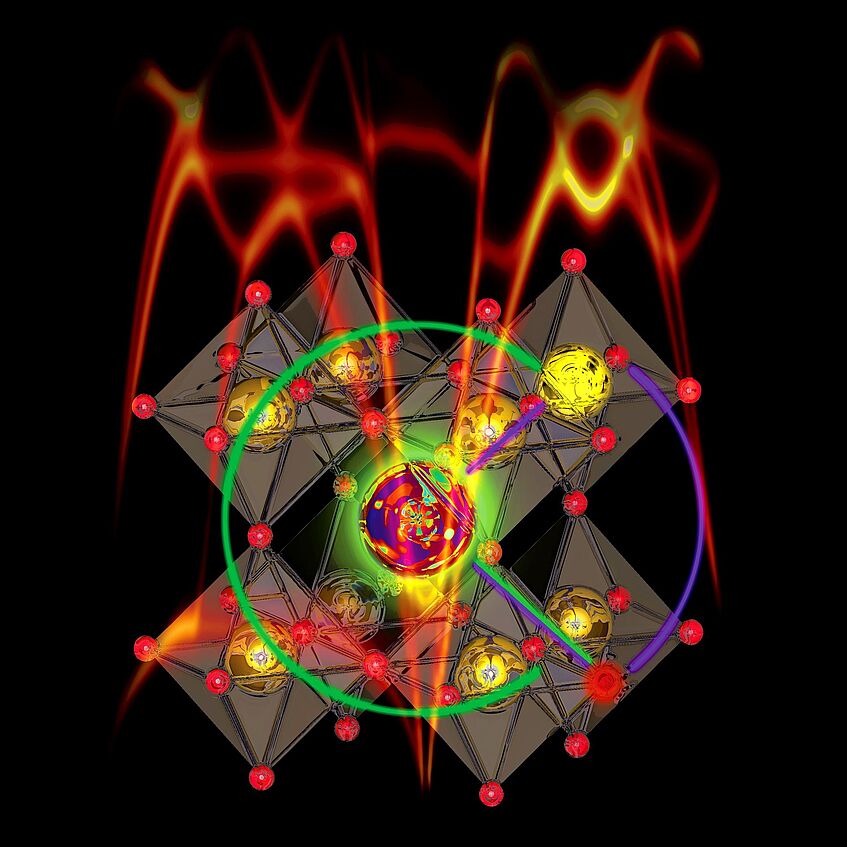Temperature Dependent Anharmonic Phonons in Quantum Paraelectric KTaO3 by First Principles and Machine Learned Force-Fields
Temperature Dependent Anharmonic Phonons in Quantum Paraelectric KTaO3 by First Principles and Machine Learned Force-Fields
Title of the project: Electron-phonon interaction and phonon anharmonicity in quantum paraelectric perovskites
Name of the VDSP student(s) & image credits: Luigi Ranalli & Francesca Perpetuini
Project supervised by: Cesare Franchini
About me/us: Hey, I'm Luigi Ranalli, knee-deep in Computational Materials Physics for my Ph.D. Vienna became my hub with a Master thesis study grant from the University of Bologna during the COVID-19 outbreak. With just a laptop and plenty of time, research thrived anyways. Academic life? It's my blend of personal growth and professional value. My image landed on the cover of Advanced Quantum Technologies. How? The raw image lacked flair until Francesca P., a graphic designer and childhood friend, worked her magic. Our conversations turned physics into a captivating final image, merging science and art.
Image: My research delves into phonon anharmonicity and electron-phononcoupling via ab-initio methods. This journey unexpectedly led me into the AI world, highlighting the evolving intersections between disciplines in scientific exploration.
The image shows the periodic atomic arrangement in KTaO3, a captivating quantum paraelectric perovskite, whose atomic vibration around absolute zero temperature depart from the classical regime. The 'red flames' visualise the phonon spectral function, a property that entails the most important information about the vibrational energies of the system and the phonon quasiparticle lifetime. The computational load involved can be eased by the adoption of Machine Learning Force Field schemes for condensed matter. The vivid purple and green lines represent the radial and angular descriptors employed in the Kernel Ridge regression method.
No AI modifications.

